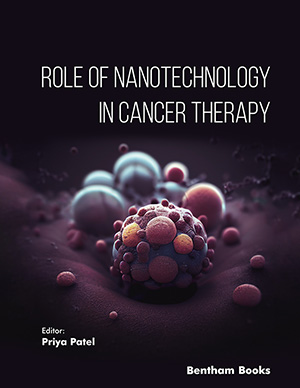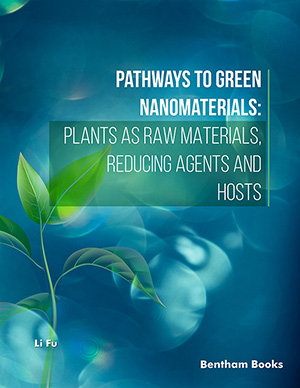Abstract
Background: The synthesis of Metal Nanoparticles is a growing area of research interest due to its potential in the applications and development of advanced technologies. Here, we have stressed the Facile green synthesis approach that connects nanotechnology with biotechnology.
Methods: The method involves the use of a biological reducing agent cum stabilizing agent (capping agent). A comparative account of particle dimension and surface properties of the synthesized Nanoparticles using Broccoli (Brassicaoleracea var. italica) extract is also presented. Results: The reduction process used in the synthesis was simple and convenient to handle and monitored by UV-vis spectroscopy showing the absorbance maxima of various samples at 322 nm, 496 nm, and 536 nm using different solvents. The presence of active proteins and phenolic groups present in biomass before and after reduction was identified by FT-IR. Conclusion: The crystalline morphology and size of the nanoparticles were examined by TEM, SEM, and X-ray diffraction studies, which showed the average particle size of Silver Nanoparticles in the range of 40-50 nm, as well as revealed their FCC structure.Keywords: Silver nanoparticles, plant extract, Brassica oleraceavar italica (Broccoli), reducing agent, nanotechnology, metal nanoparticles.


























